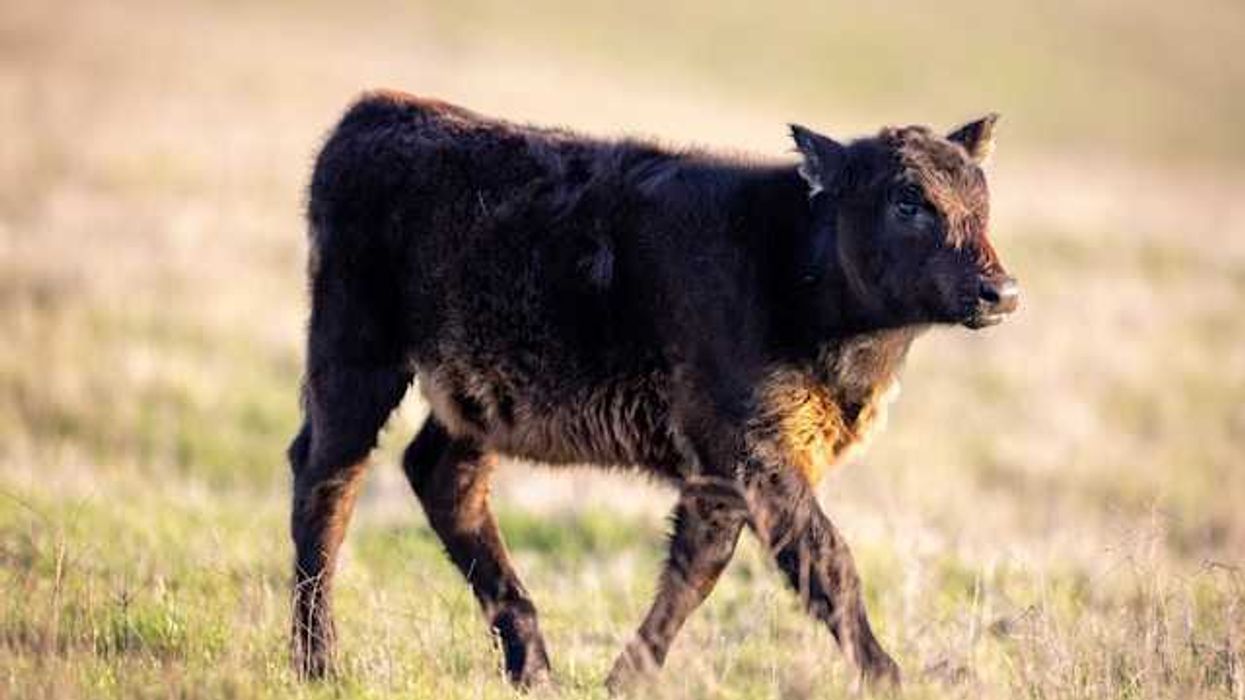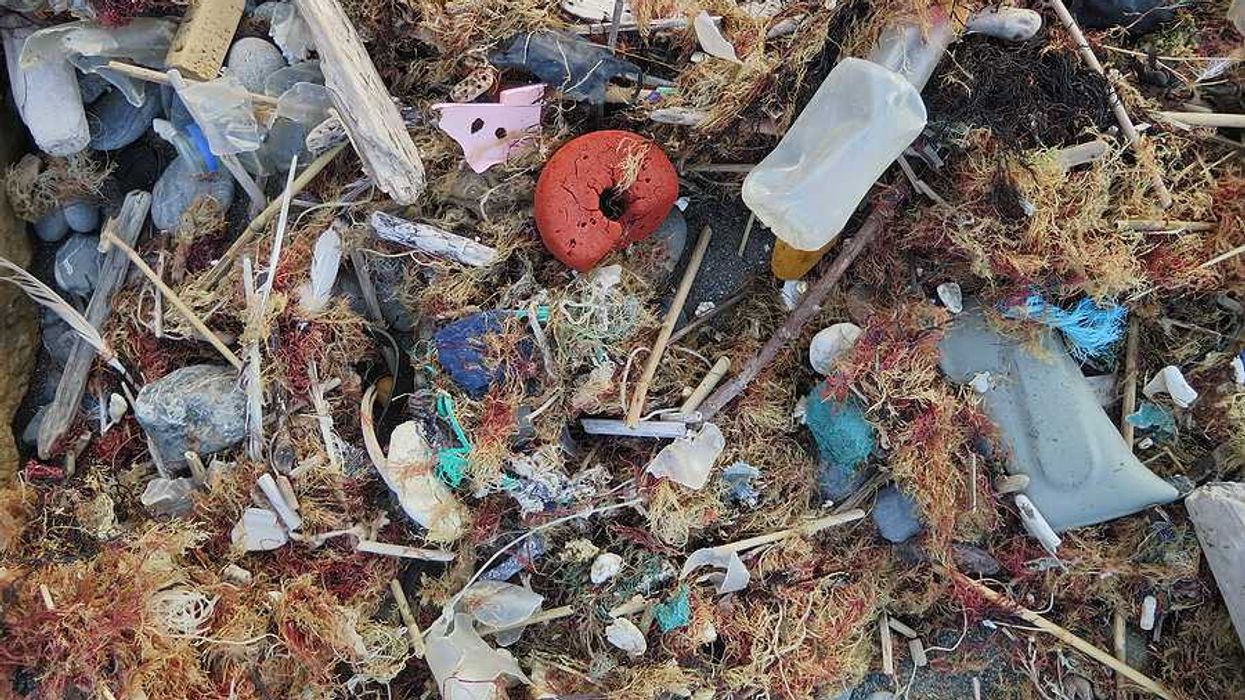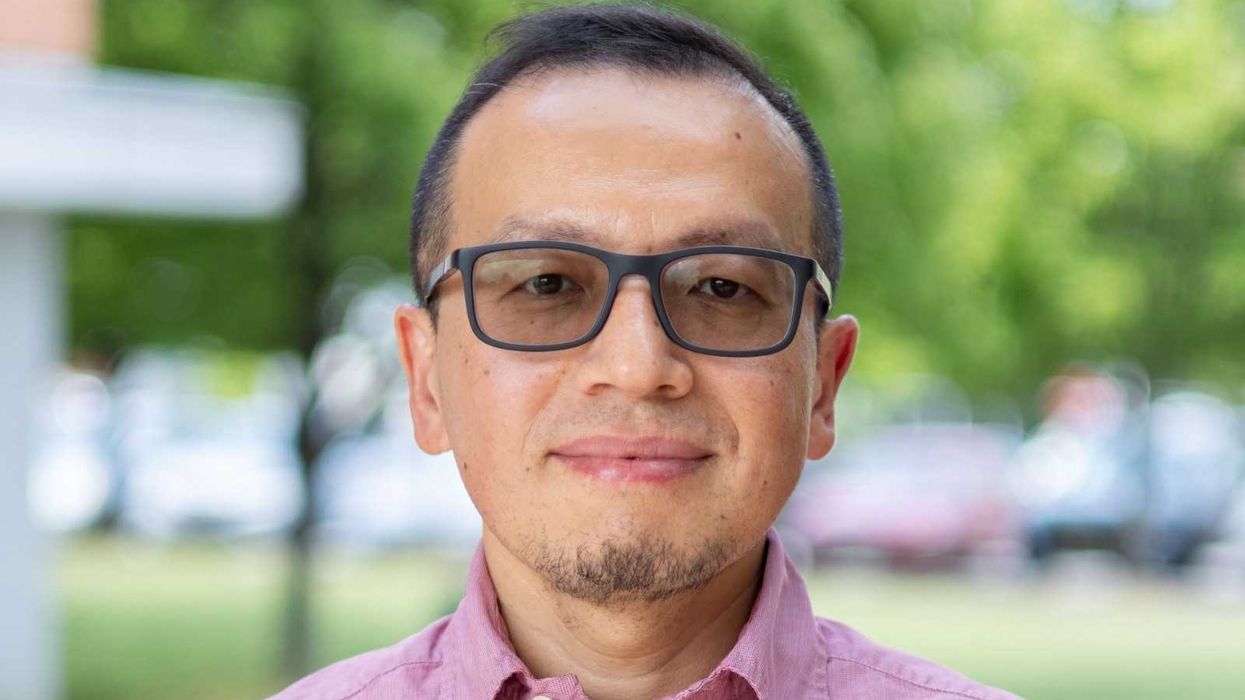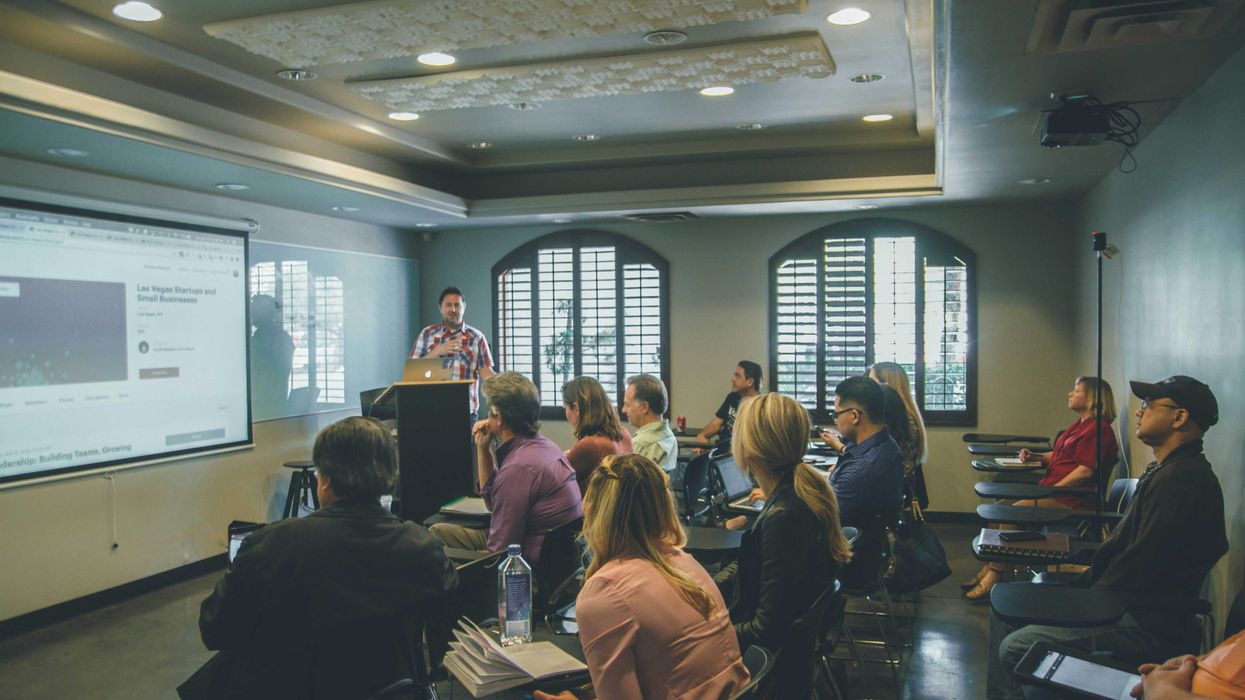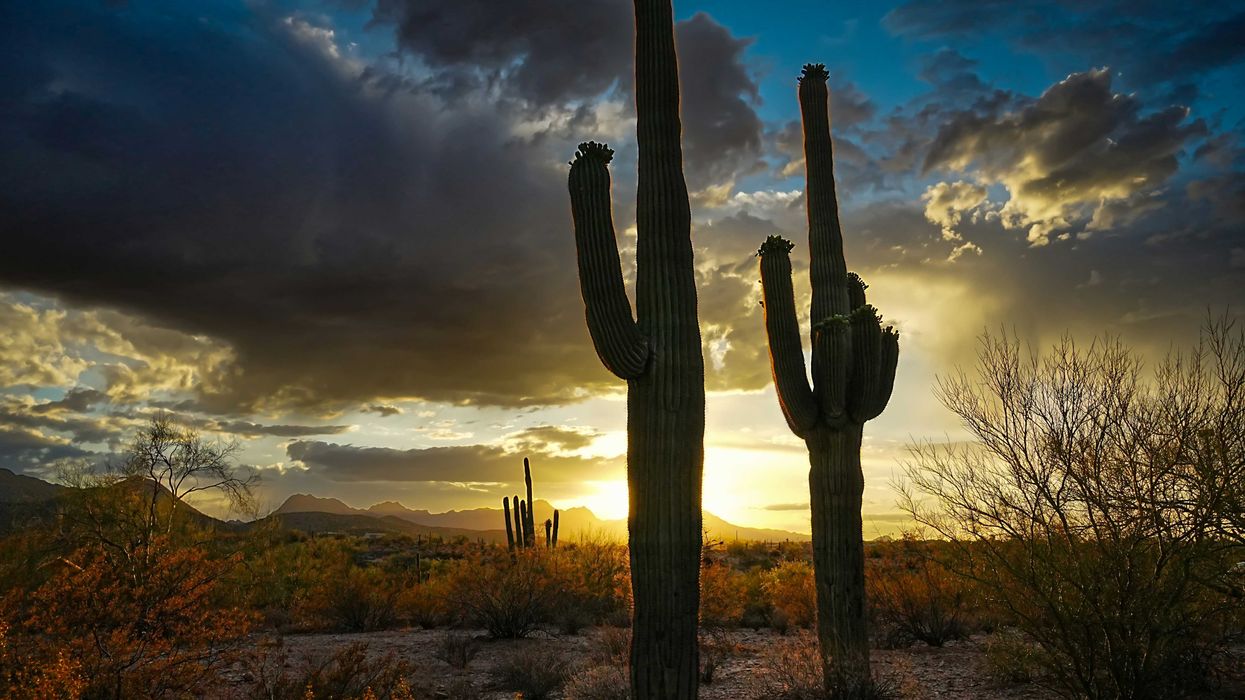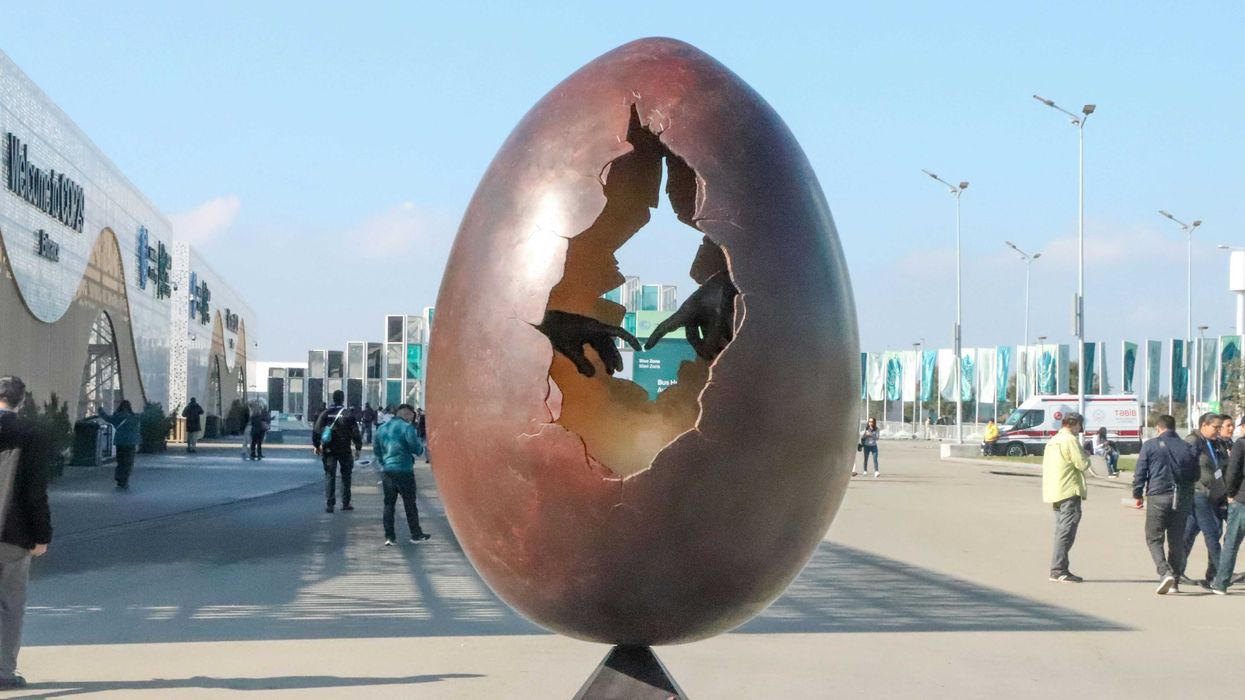For decades, residents in Monterey County’s agricultural communities have lacked safe drinking water due to pesticide pollution. Now, a federal grant meant to fix the problem has been revoked by the Trump administration.
Liza Gross reports for Inside Climate News.
In short:
- In December 2024, the Biden administration awarded a $20 million U.S. Environmental Protection Agency Community Change grant to expand access to clean water in rural, Latino-majority towns in Monterey County, where groundwater is tainted with nitrates and the carcinogen 1,2,3-trichloropropane.
- The EPA canceled the grant in May 2025, calling environmental justice funding wasteful and politically driven. The state will proceed with a partial upgrade, but thousands remain without safe water access.
- Pesticides like Telone and chloropicrin, widely used in local strawberry fields, have polluted wells and air. Despite known cancer risks, use of these fumigants continues in densely populated areas near homes and schools.
Key quote:
“Water shouldn’t be a political issue.”
— Maraid Jimenez, Community Water Center
Why this matters:
Monterey County leads the nation in strawberry production, but for many residents, especially in Latino farmworker communities, that bounty has come at a cost: poisoned water and air. Persistent chemicals like 1,2,3-TCP — left behind by decades of pesticide use — have seeped into wells, while fumigants drift through neighborhoods where children play. These exposures are linked to cancer, birth defects, and respiratory problems, especially in rural communities with few alternatives to tap water. Though California recognizes the human right to water, nearly three-quarters of a million people statewide still rely on systems that fail to meet safety standards. The loss of federal funding to expand access in the Pajaro Valley leaves residents stuck hauling jugs, hoping aging bodies can keep up — and that future generations won’t inherit the same contaminated legacy.
Related:


